Home>Construction & Tools>Worksite Management>How To Organize School Supplies
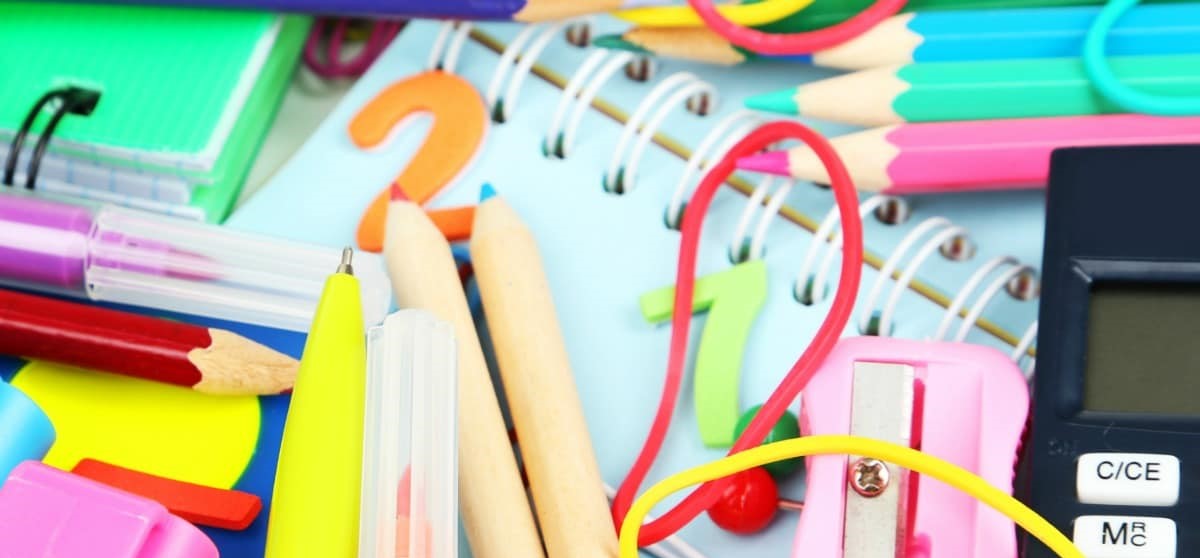

Worksite Management
How To Organize School Supplies
Published: March 3, 2024
Learn effective strategies for worksite management and organization of school supplies. Discover tips to streamline your workflow and create a productive learning environment.
(Many of the links in this article redirect to a specific reviewed product. Your purchase of these products through affiliate links helps to generate commission for Storables.com, at no extra cost. Learn more)
Importance of Organizing School Supplies
Organizing school supplies is crucial for students of all ages. It not only helps in keeping track of the necessary items but also promotes a sense of responsibility and discipline. When school supplies are organized, students can easily find what they need, which saves time and reduces stress. Additionally, it fosters good study habits and teaches students the importance of taking care of their belongings. Overall, organizing school supplies sets the foundation for a productive and successful academic year.
Key Takeaways:
- Organizing school supplies is crucial for students as it helps save time, reduce stress, and fosters good study habits. It sets the foundation for a productive and successful academic year.
- By utilizing labels and color coding, school supplies can be organized in a visually appealing and intuitive manner, promoting efficiency and easy access throughout the academic year.
Read more: How To Organize Backpack For School
Tips for Sorting and Categorizing School Supplies
When it comes to sorting and categorizing school supplies, it's essential to have a systematic approach. Here are some tips to help you get started:
-
Declutter First: Before sorting, go through all the school supplies and get rid of anything that is no longer needed or is in poor condition. This will make the sorting process much easier and more efficient.
-
Group Similar Items Together: Start by grouping similar items together, such as pens, pencils, erasers, and markers. This will give you a clear idea of how many of each item you have and what type of storage solutions will be needed.
-
Consider Frequency of Use: Think about how often each item is used. Items that are used daily should be easily accessible, while those used less frequently can be stored in a less accessible area.
-
Use Containers and Dividers: Invest in containers and dividers to keep the sorted items organized. Clear containers are ideal as they allow you to see the contents without having to open them.
-
Create a Homework Station: Designate a specific area in the house as a homework station. This can be a desk or a specific drawer where school supplies are kept. Having a dedicated space for studying and completing homework can help keep everything organized.
-
Involve the Kids: If you're organizing school supplies for younger children, involve them in the process. This not only teaches them valuable organizational skills but also gives them a sense of ownership over their belongings.
By following these tips, you can ensure that school supplies are sorted and categorized in a way that makes them easily accessible and manageable throughout the school year.
Choosing the Right Storage Solutions
When it comes to organizing school supplies, choosing the right storage solutions is key to maintaining a clutter-free and functional space. Here are some tips for selecting the most suitable storage options:
-
Consider the Space: Before purchasing storage solutions, assess the available space. If you have limited space, opt for stackable or collapsible storage containers that can be easily tucked away when not in use. For larger spaces, consider investing in a bookshelf or a storage cart to keep school supplies organized and easily accessible.
-
Versatility is Key: Look for storage solutions that offer versatility. For instance, storage bins with adjustable dividers can accommodate a variety of school supplies, from small items like paper clips to larger items like notebooks and textbooks. This adaptability ensures that the storage can grow and change with the student's needs.
-
Portability: If the student needs to move between different study areas, consider portable storage solutions. A caddy or a tote with compartments can be a convenient way to transport school supplies from one location to another, ensuring that everything remains organized and within reach.
-
Visibility: Opt for storage solutions that provide visibility of the contents. Clear plastic bins or open shelving units allow students to easily see and access the items they need without having to rummage through multiple containers.
-
Durability: School supplies can be heavy, so it's important to choose durable storage solutions that can withstand the weight of books, binders, and other items. Look for sturdy materials such as wood, metal, or heavy-duty plastic that can endure the demands of daily use.
-
Aesthetics: While functionality is crucial, the aesthetics of the storage solutions should not be overlooked. Choose storage options that complement the overall decor of the study area, creating a cohesive and inviting space for learning.
By considering these factors when choosing storage solutions for school supplies, you can create an organized and efficient system that promotes productivity and minimizes clutter.
Use a separate pencil case or pouch for pens, pencils, and erasers. Keep notebooks and folders in a designated section of your backpack. Use a binder or accordion file for loose papers.
Establishing a Routine for Maintaining Organization
Maintaining an organized system for school supplies requires the establishment of a consistent routine. Here's how to create and maintain a routine that promotes organization:
-
Designate a Weekly Check-In: Set aside a specific day each week to assess the state of the school supplies. This can be a time to discard any unnecessary items, restock essentials, and tidy up the storage areas.
-
Incorporate Daily Habits: Encourage the habit of tidying up school supplies at the end of each day. This can involve returning items to their designated storage spaces, ensuring that everything is ready for the next day.
-
Utilize a Planner or Calendar: Integrate school supply organization into the family's schedule. For instance, allocate time during the weekend for a thorough organization session, ensuring that everything is in order for the upcoming week.
-
Implement a "Clean-Out" Day: Designate a day each month for a comprehensive clean-out of school supply storage areas. This involves checking for expired items, reorganizing as needed, and making any necessary adjustments to the storage system.
-
Encourage Responsibility: Assign age-appropriate responsibilities to the students. This can include tasks such as restocking supplies, labeling items, and maintaining the cleanliness of the storage areas.
By establishing a routine for maintaining organization, school supplies can remain in order throughout the academic year, promoting efficiency and reducing the likelihood of misplaced or damaged items.
Utilizing Labels and Color Coding for Easy Access
Organizing school supplies can be taken to the next level by utilizing labels and color coding. This method not only enhances the visual appeal of the storage space but also facilitates easy access to the required items. Here's how to effectively utilize labels and color coding for optimal organization:
-
Labeling Containers: Use adhesive labels or a label maker to clearly mark the contents of storage containers. This allows students to quickly identify the items they need without having to open multiple containers. For example, label a container as "Pens and Markers" or "Art Supplies" to provide clear guidance on what is stored inside.
-
Color Coding System: Implement a color coding system to categorize different types of school supplies. Assign specific colors to various categories such as writing tools, art supplies, and stationery. For instance, designate blue for writing tools, green for art supplies, and red for stationery. This visual distinction makes it easier for students to locate and retrieve items based on their designated color category.
-
Color-Coded Folders and Binders: Utilize color-coded folders and binders for different subjects or purposes. For instance, use blue folders for math, green for science, and red for language arts. This not only aids in quick identification of subjects but also adds a personalized touch to the organization system.
-
Visual Reference: Create a visual reference guide that outlines the color coding system and the corresponding categories. This can be displayed in the study area or attached to the inside of a cabinet door for easy reference. It serves as a quick reminder for students and ensures consistency in maintaining the organization system.
-
Incorporate Labels in Homework Station: If a designated homework station is established, incorporate labels and color coding within the space. Label drawers, shelves, or cubbies with the corresponding color or category to streamline the organization process.
By utilizing labels and color coding, school supplies can be organized in a visually appealing and intuitive manner, promoting efficiency and easy access throughout the academic year.
Frequently Asked Questions about How To Organize School Supplies
Was this page helpful?
At Storables.com, we guarantee accurate and reliable information. Our content, validated by Expert Board Contributors, is crafted following stringent Editorial Policies. We're committed to providing you with well-researched, expert-backed insights for all your informational needs.
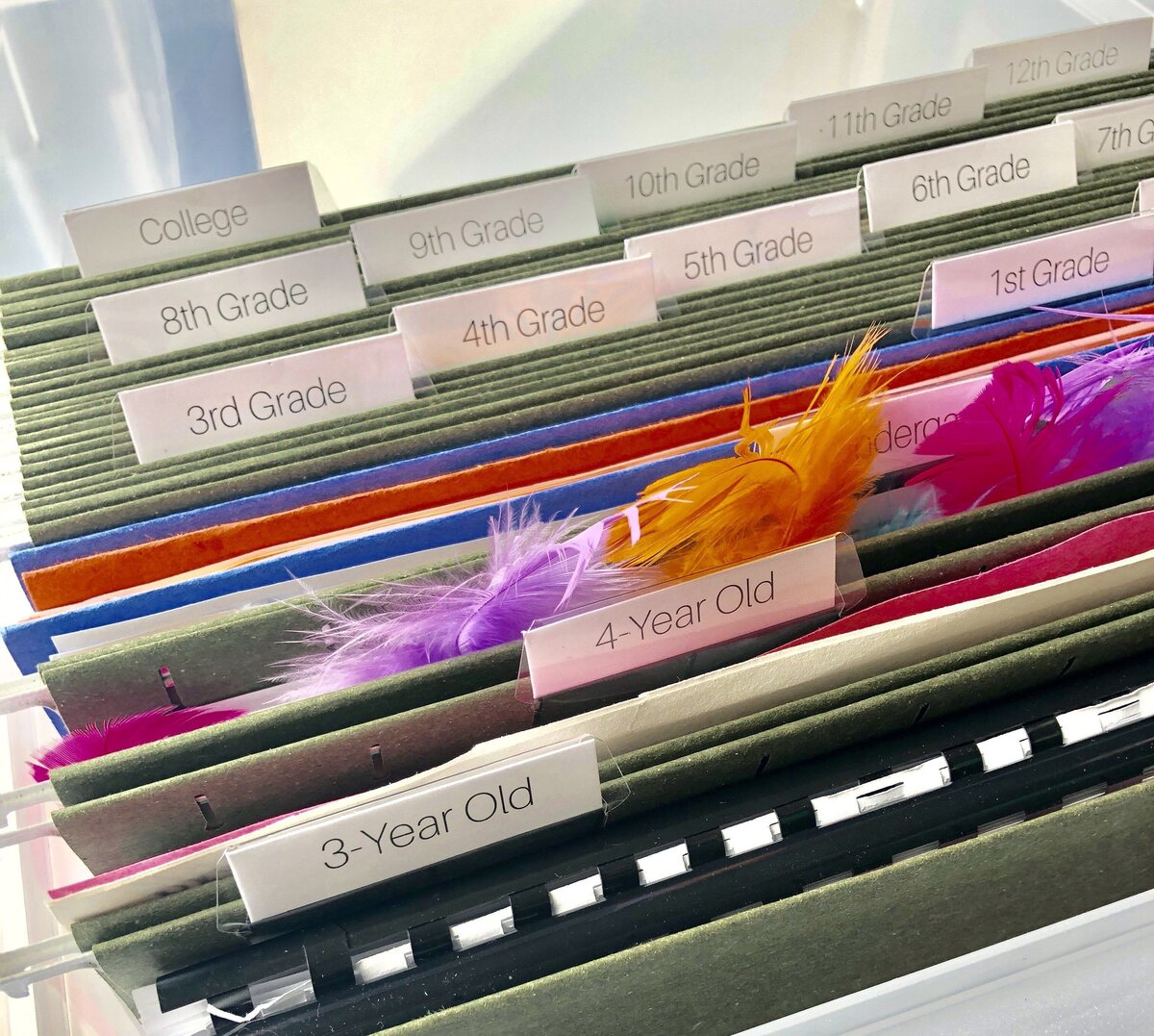




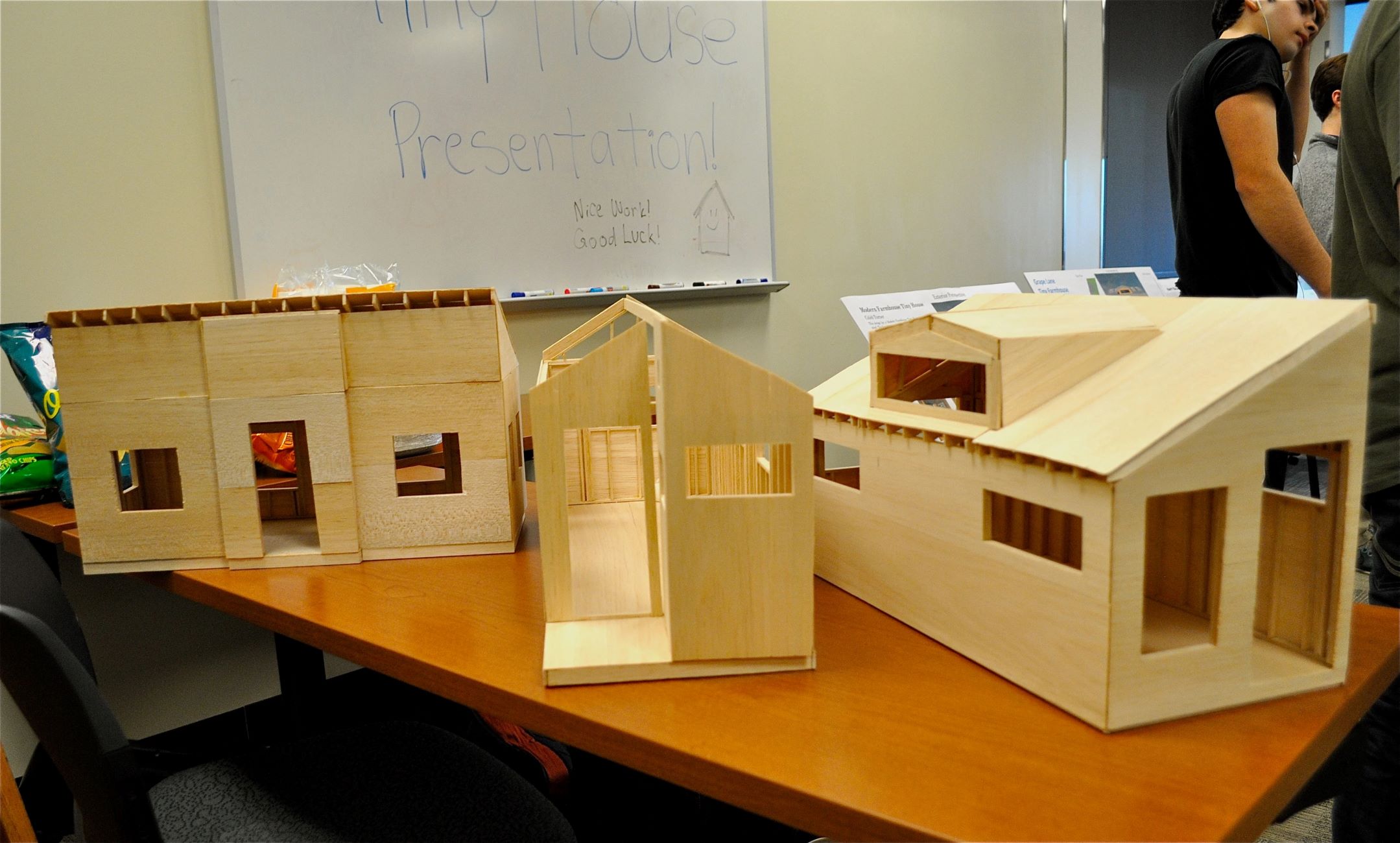

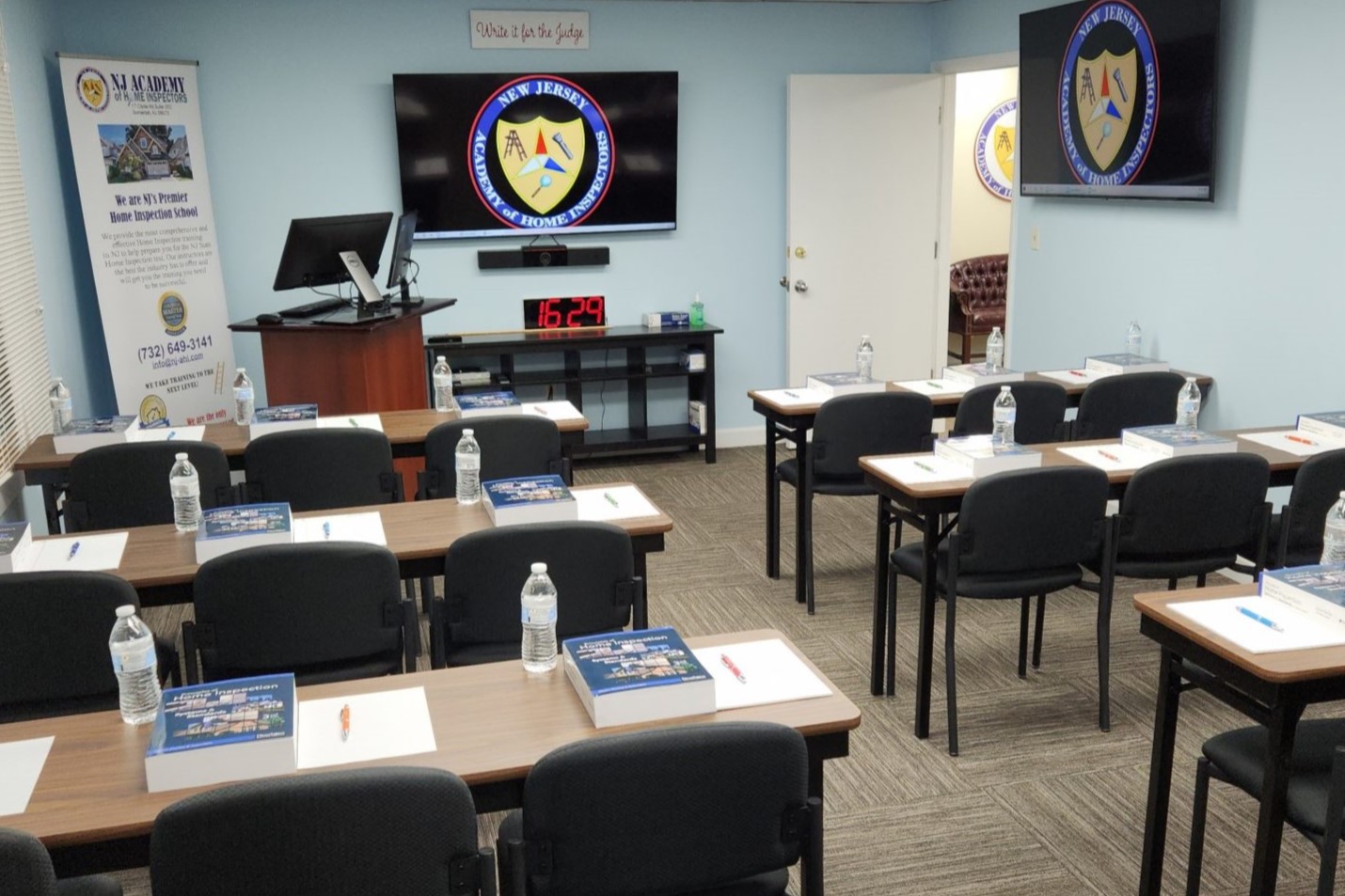

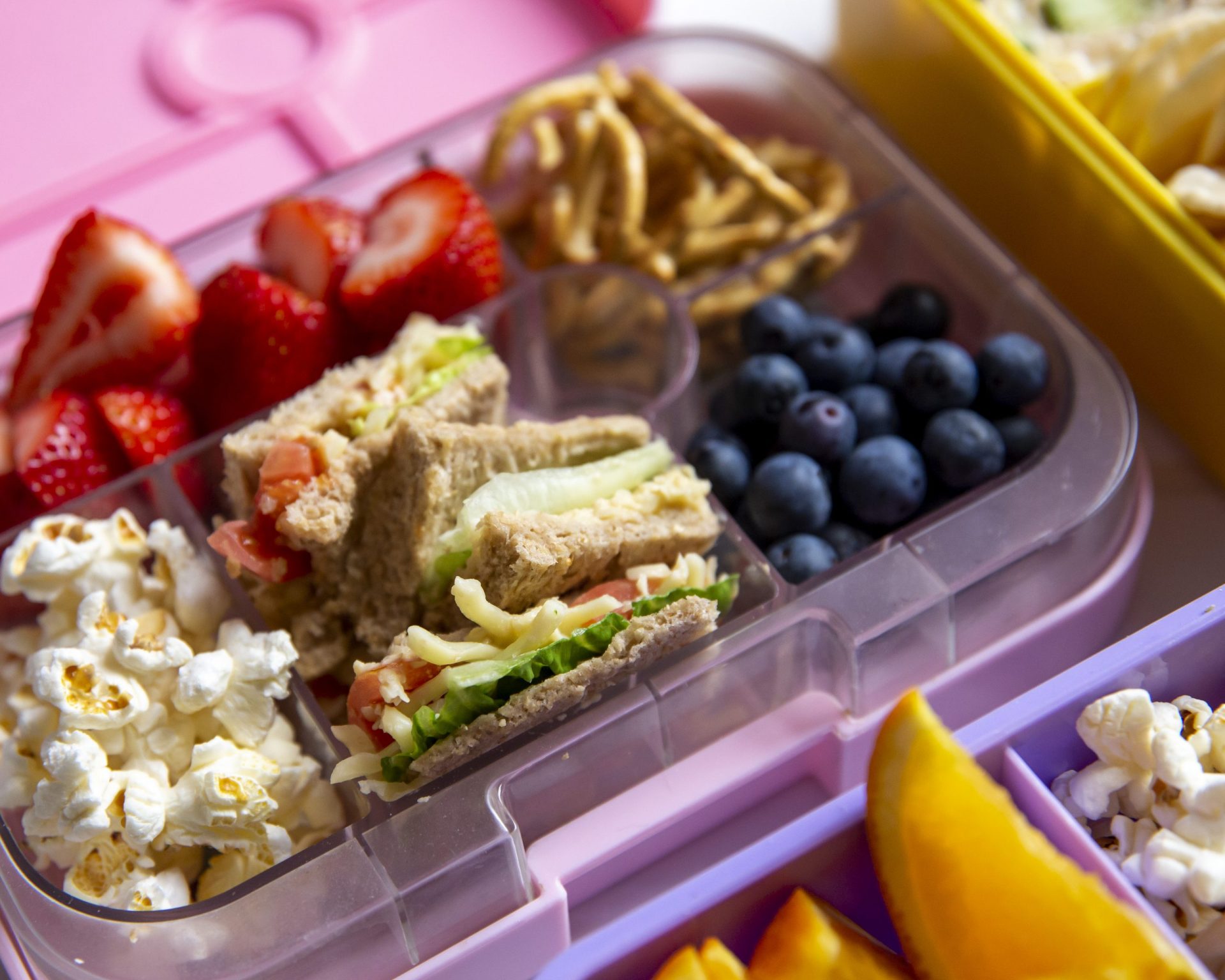


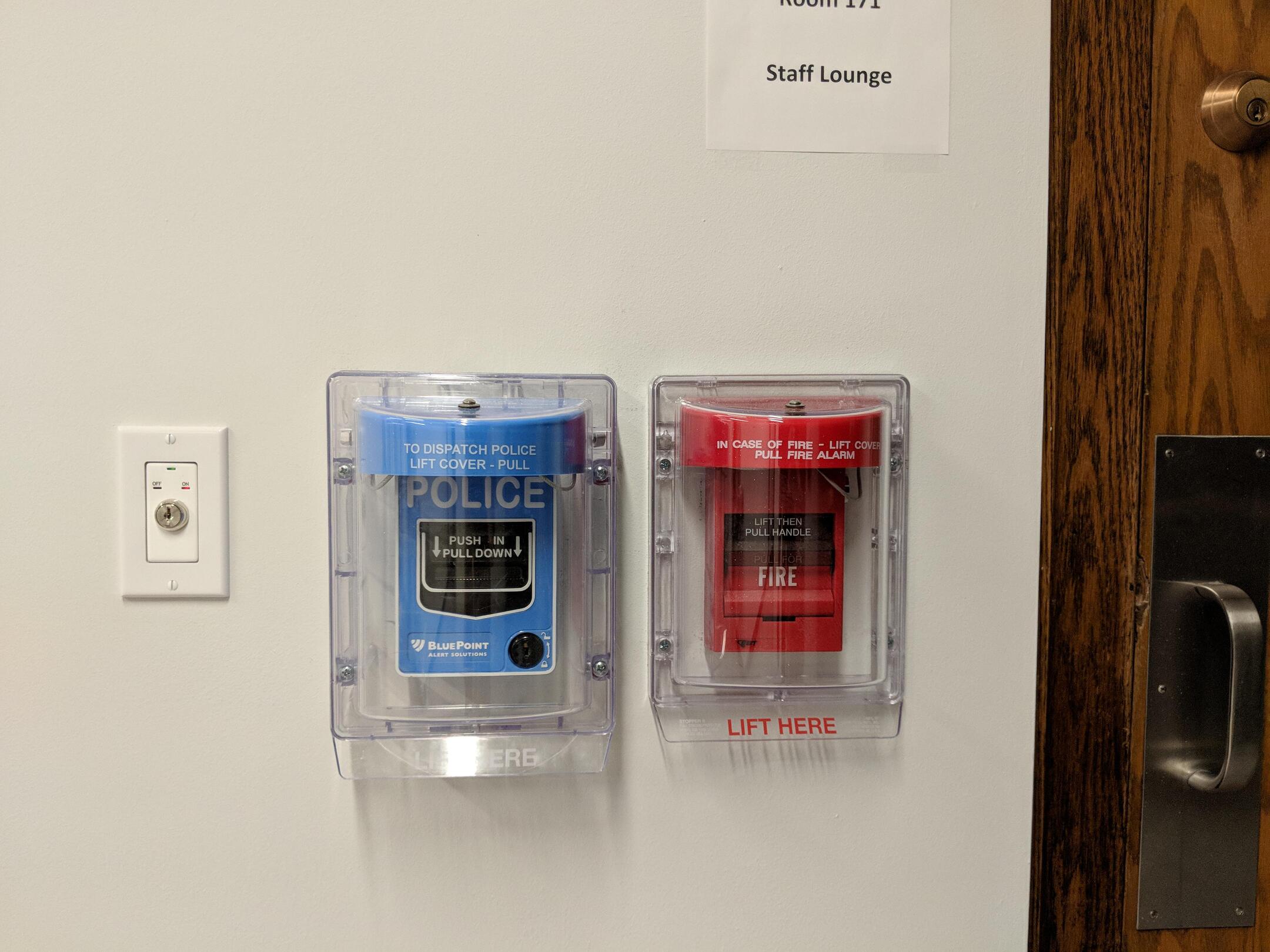
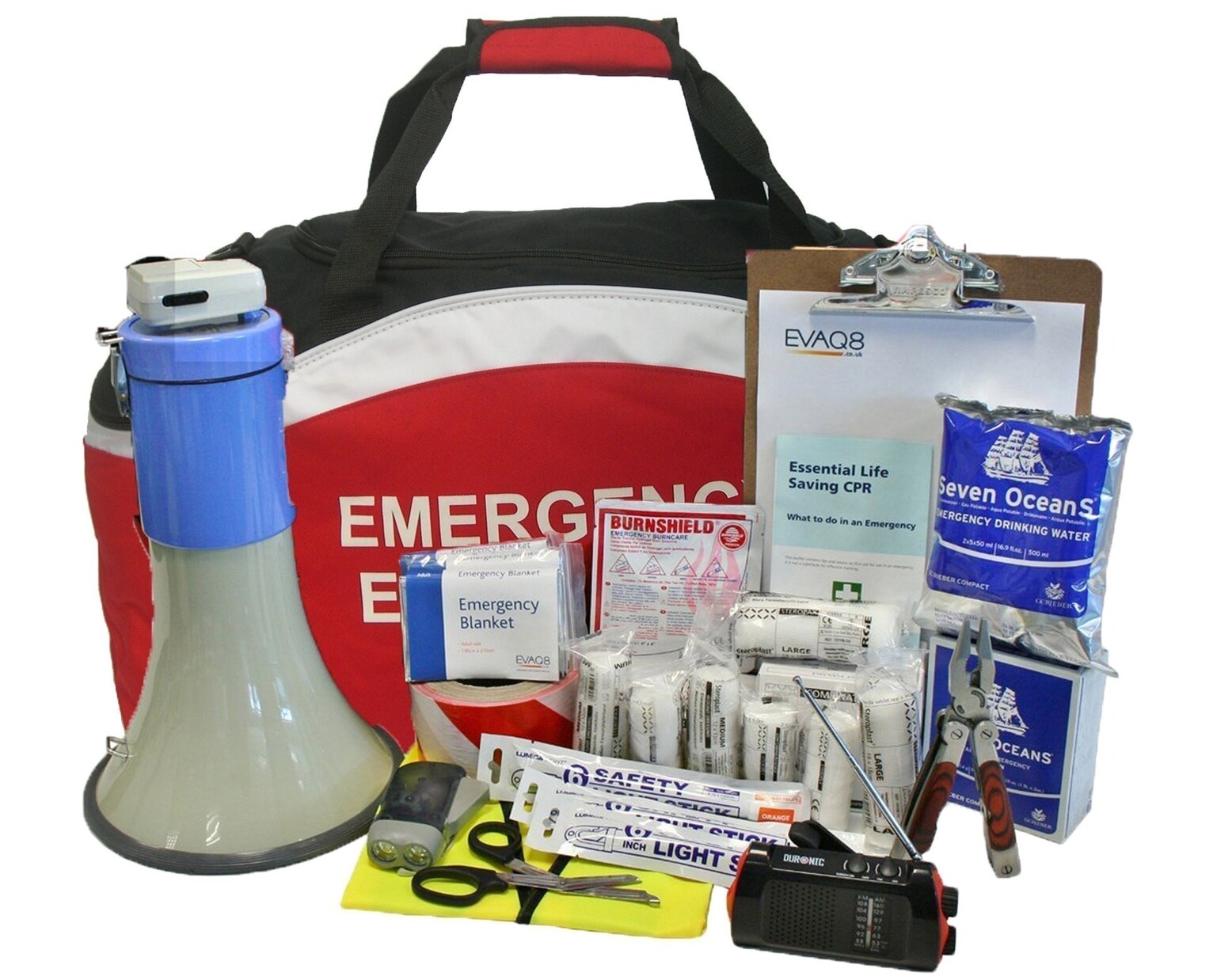
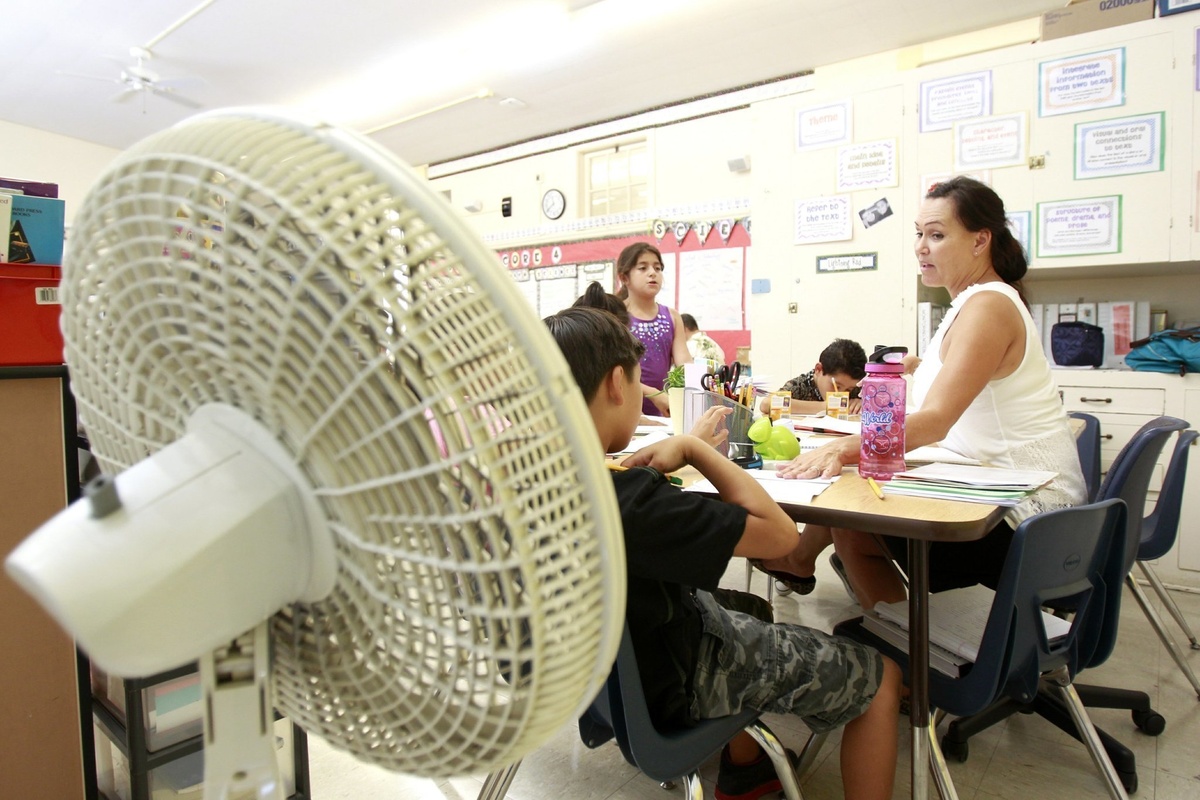

0 thoughts on “How To Organize School Supplies”